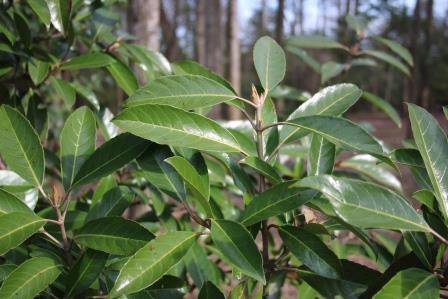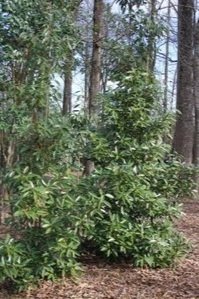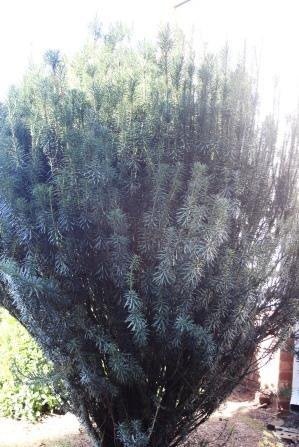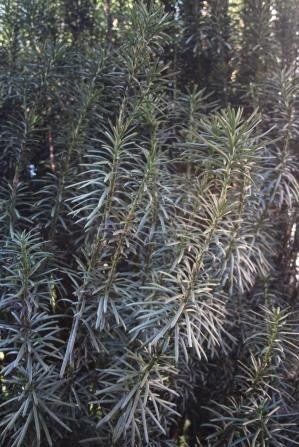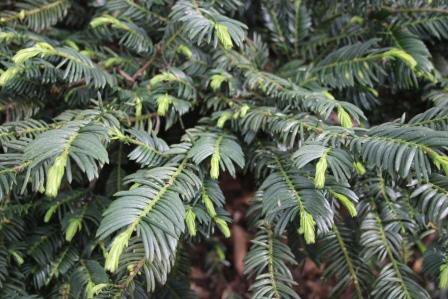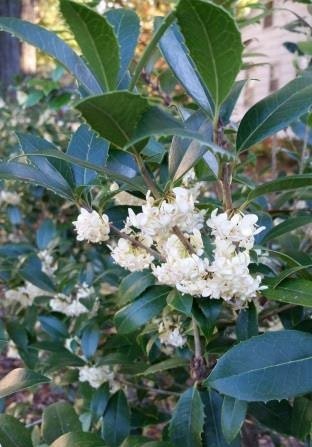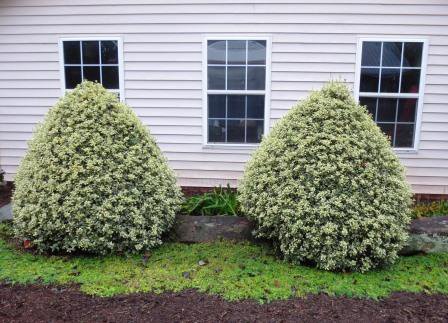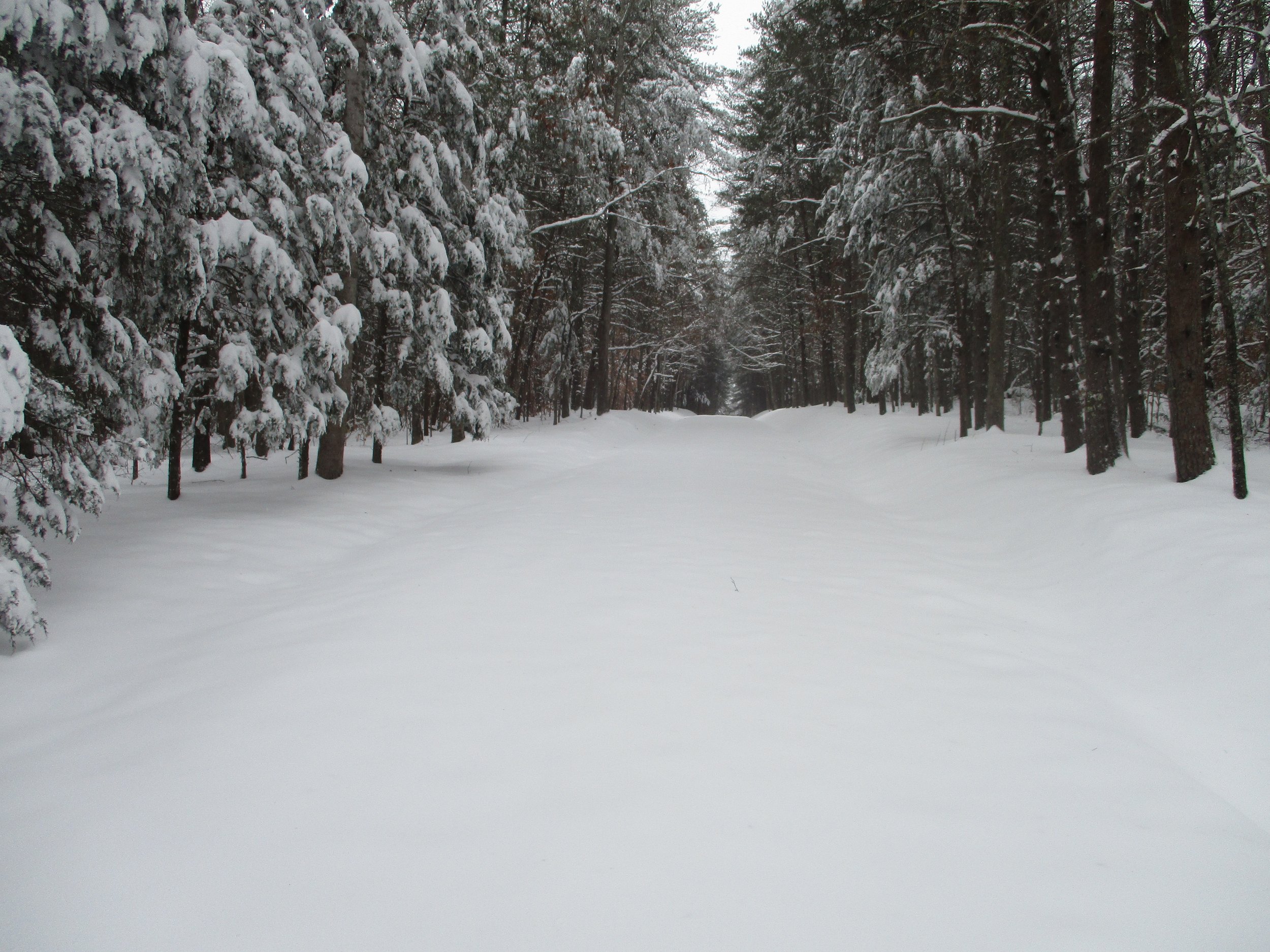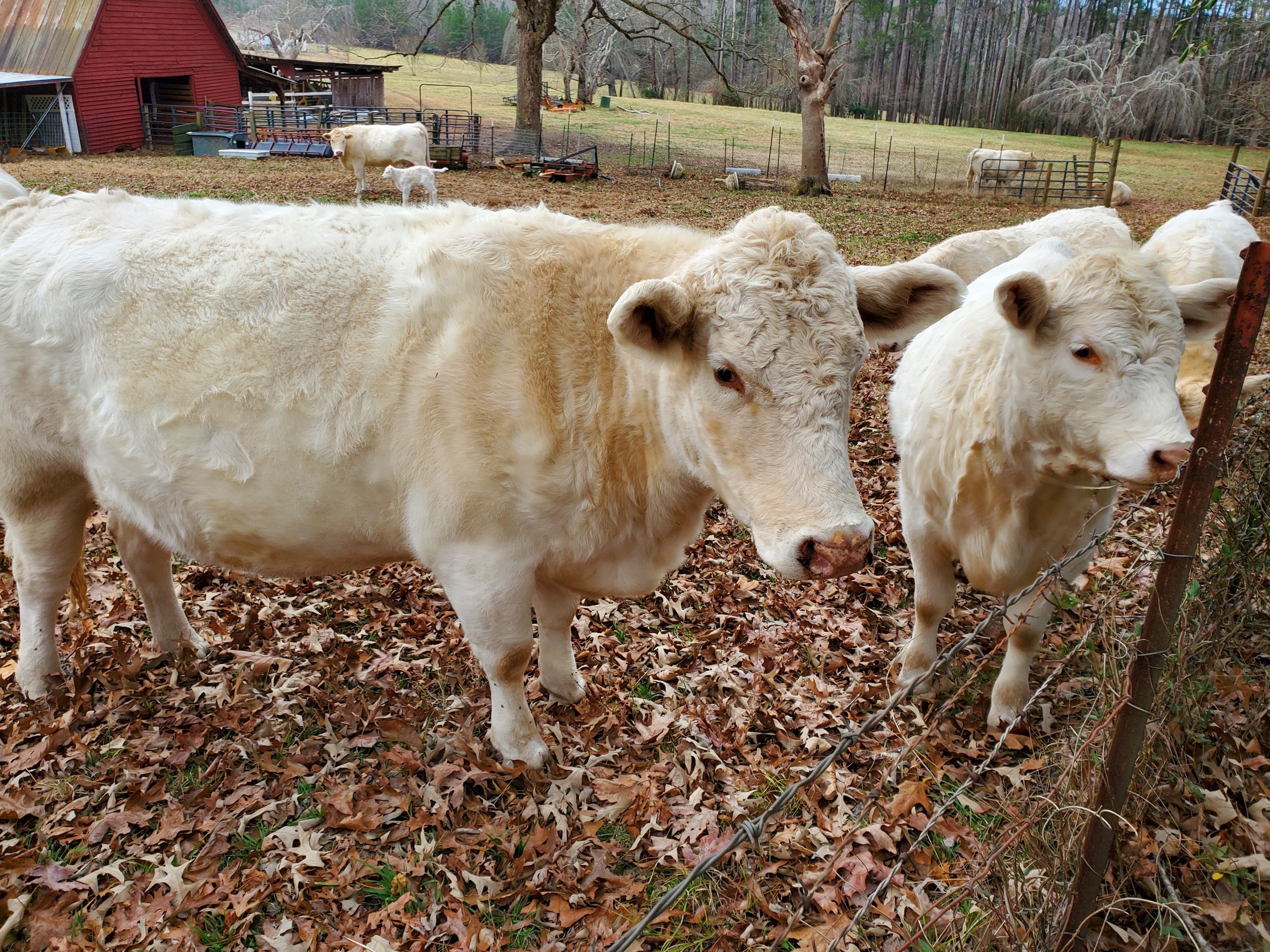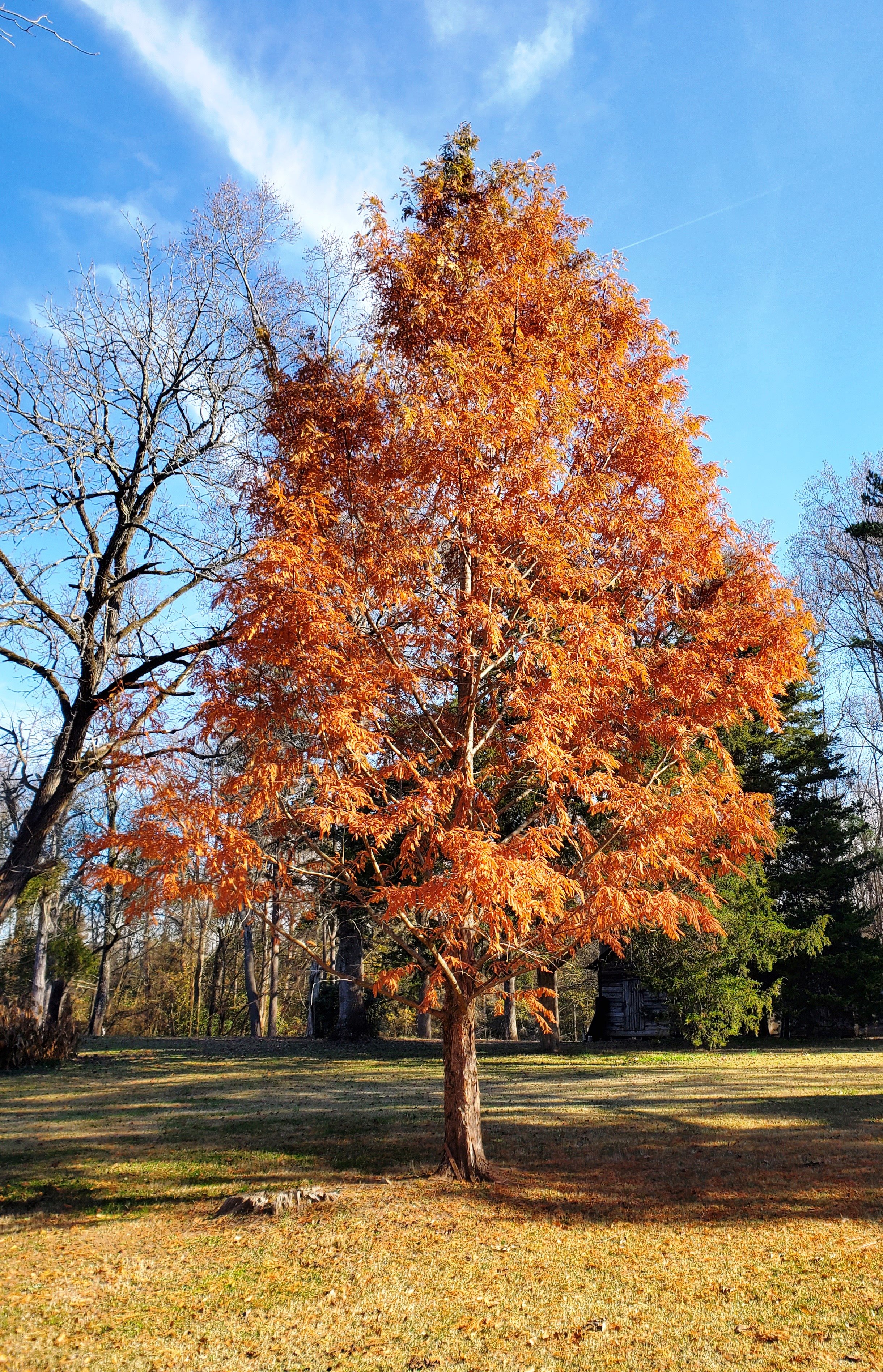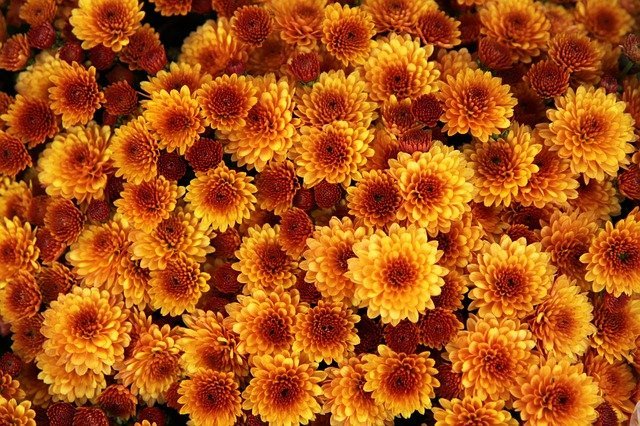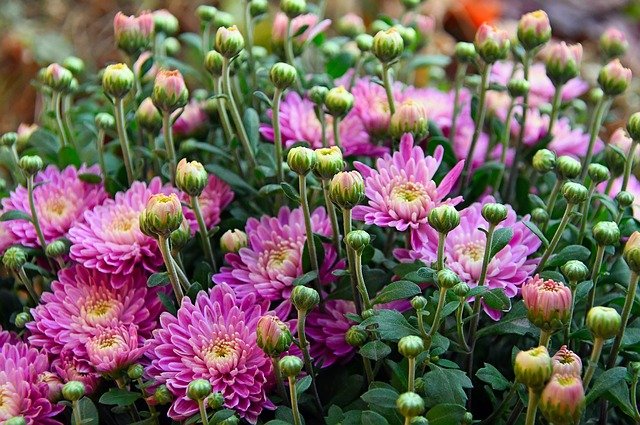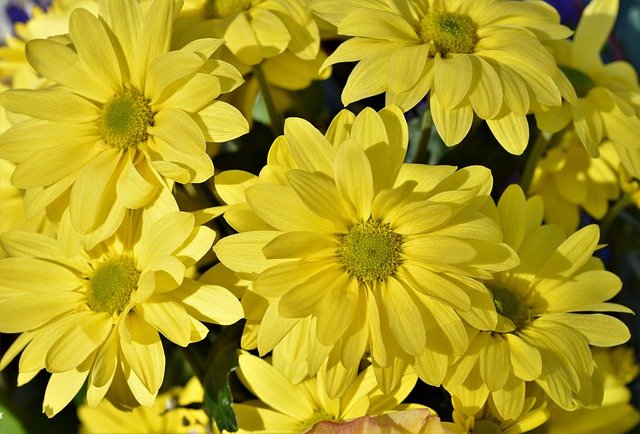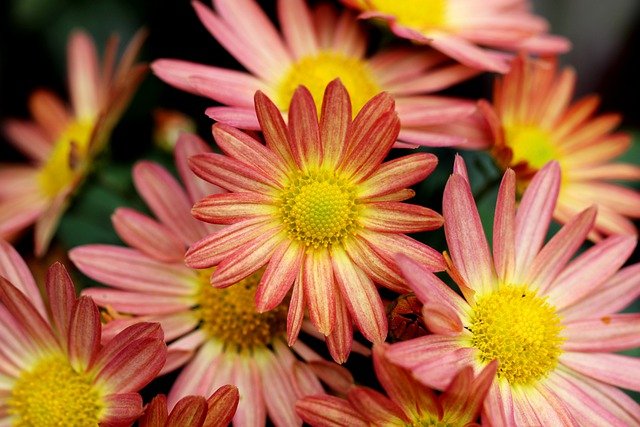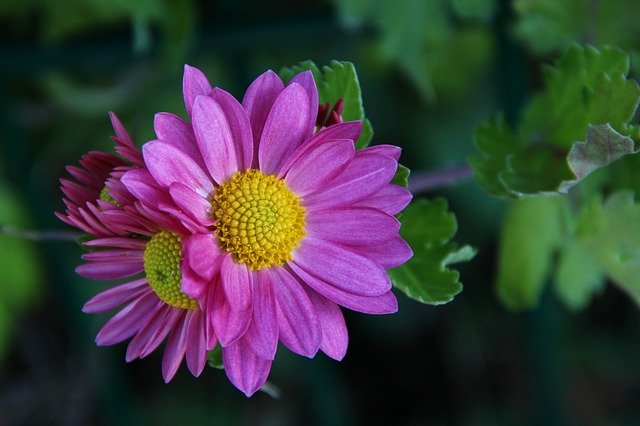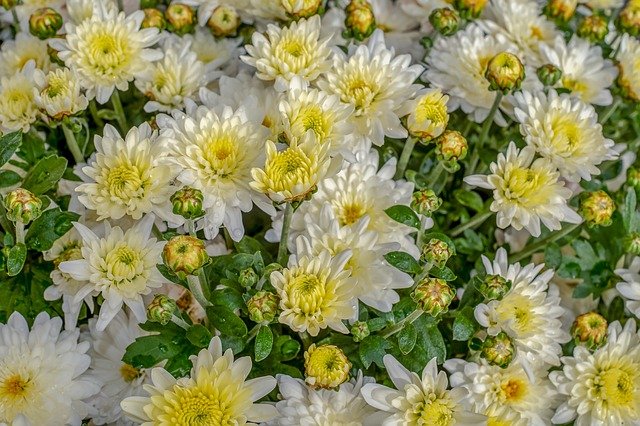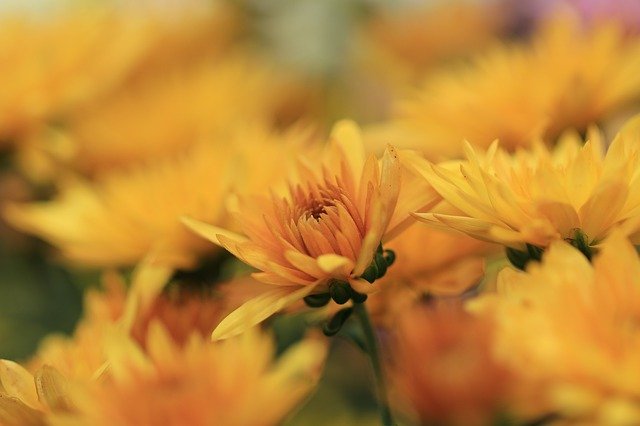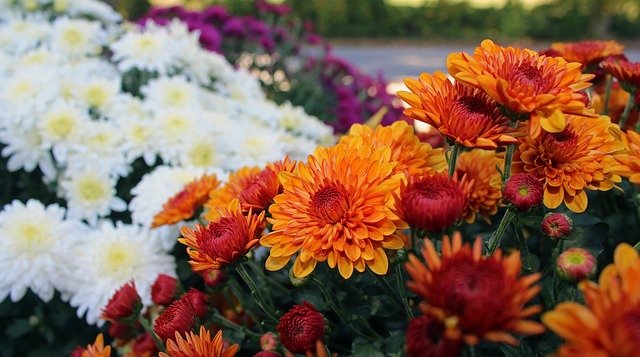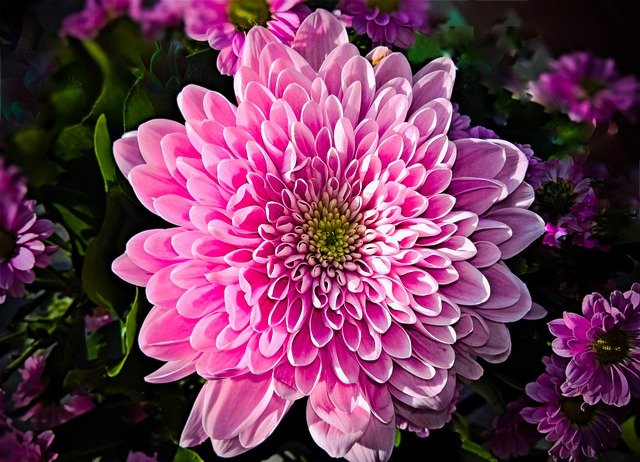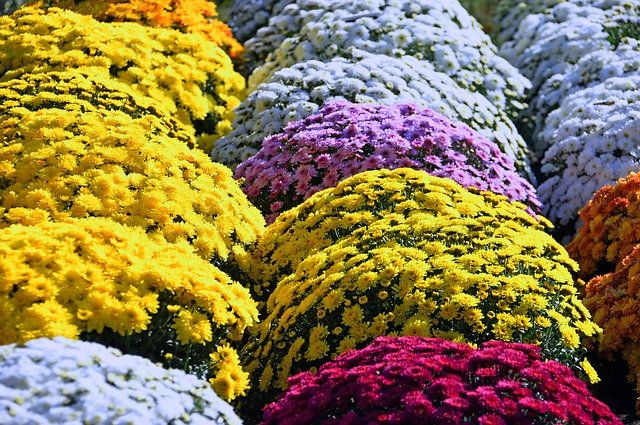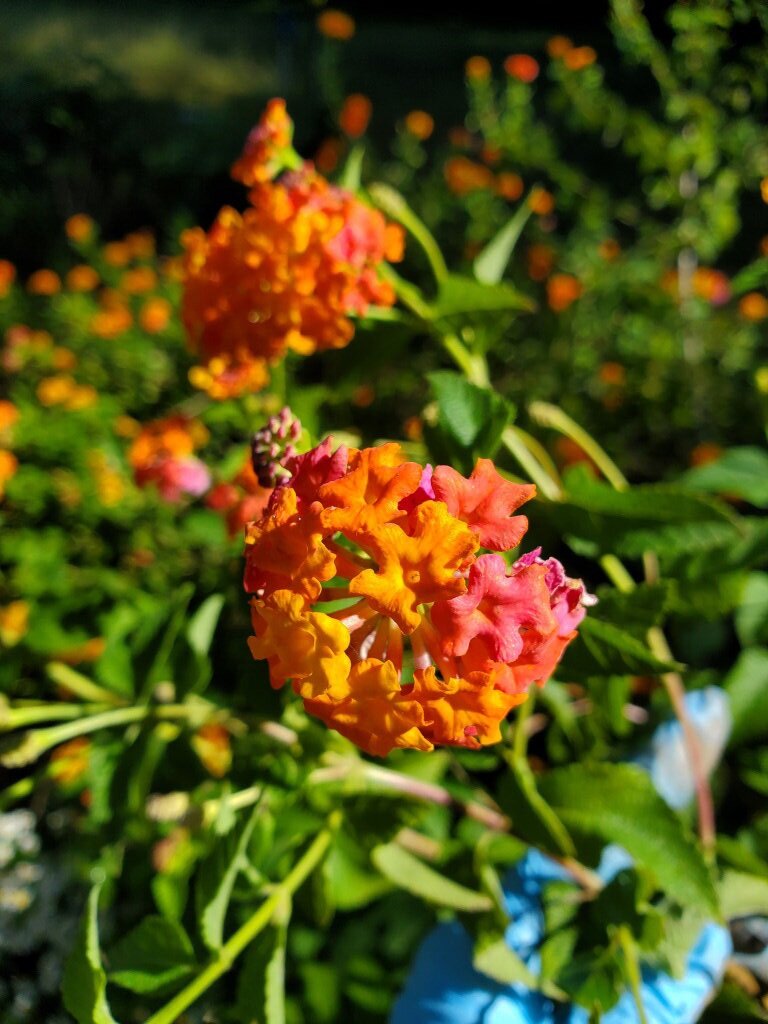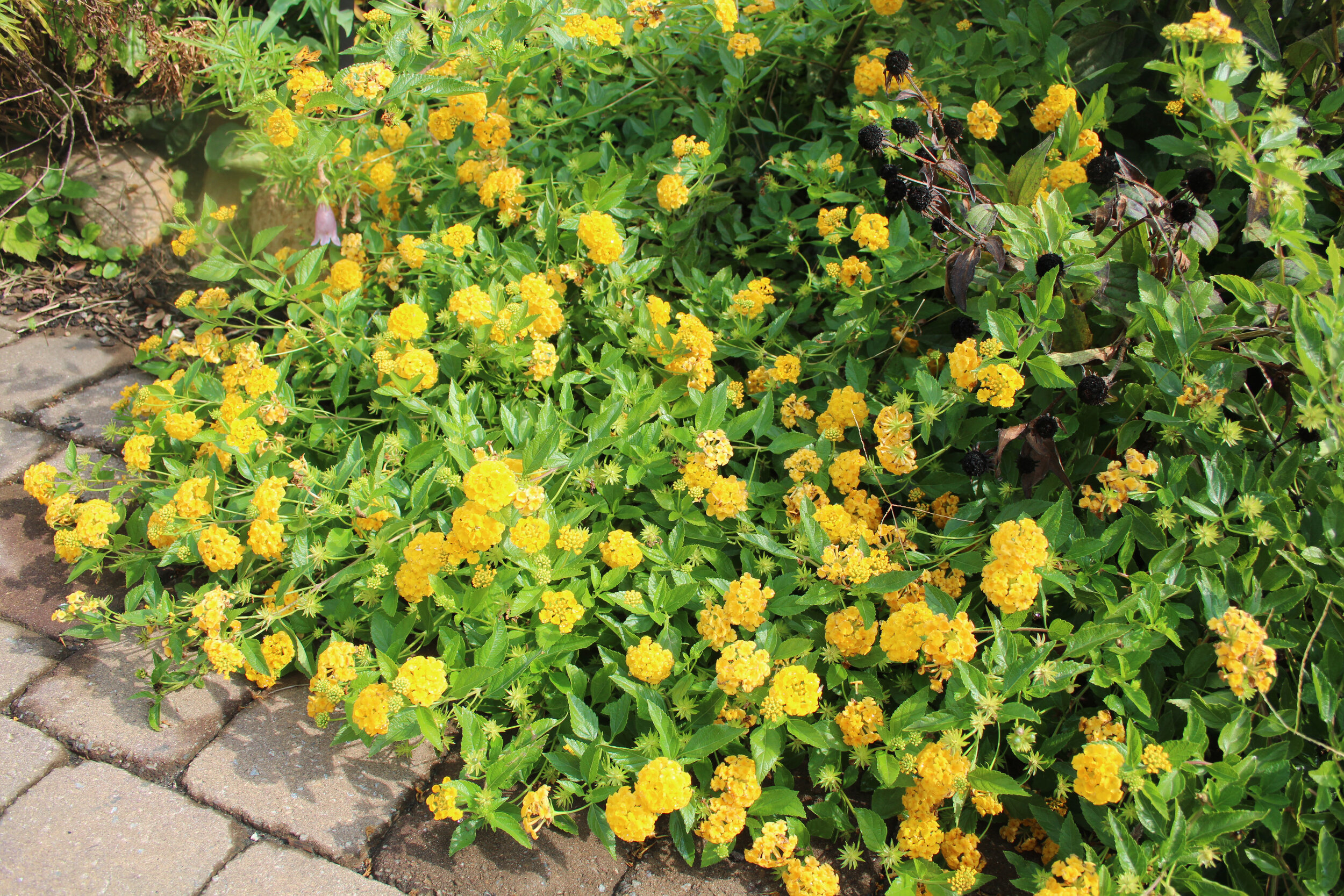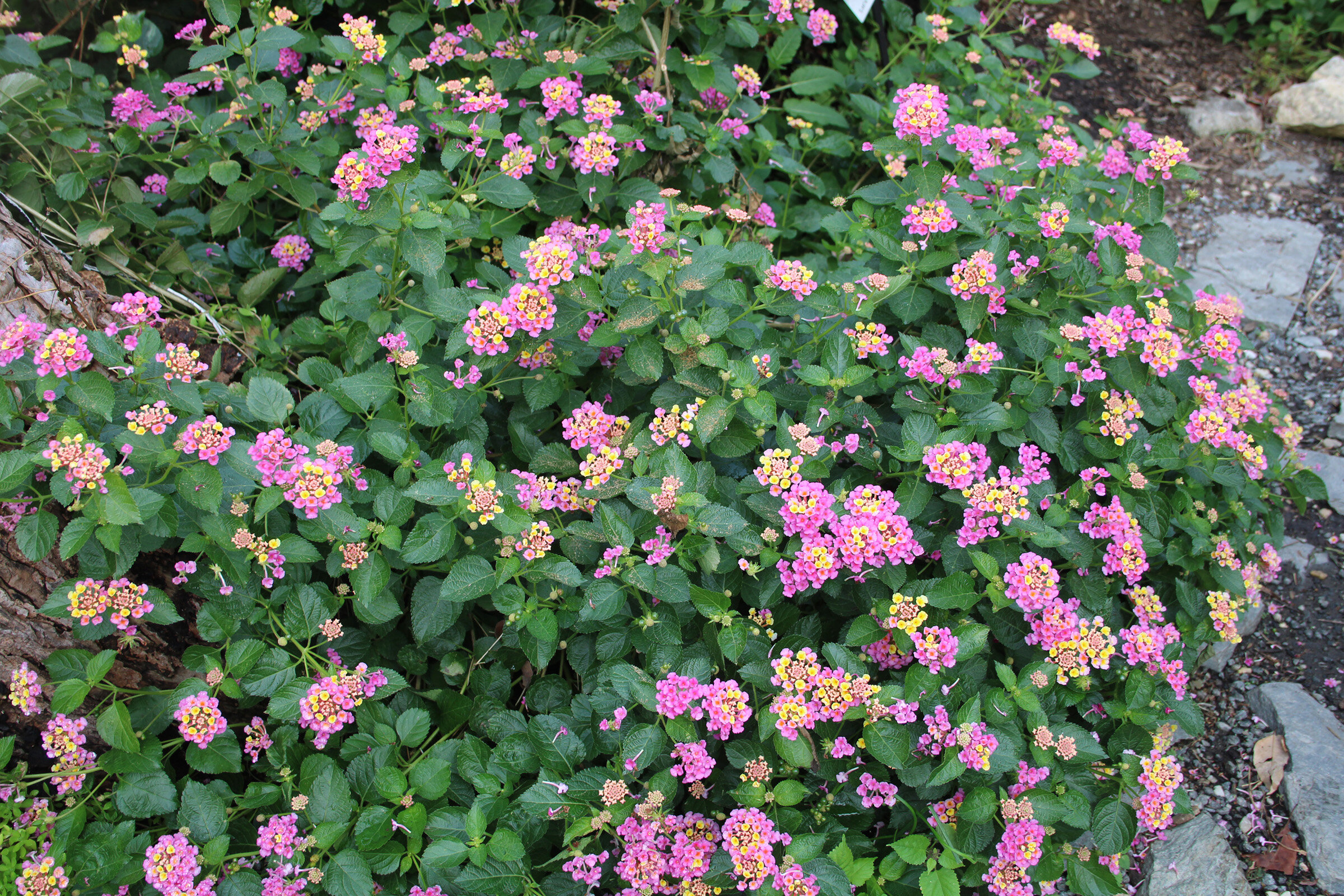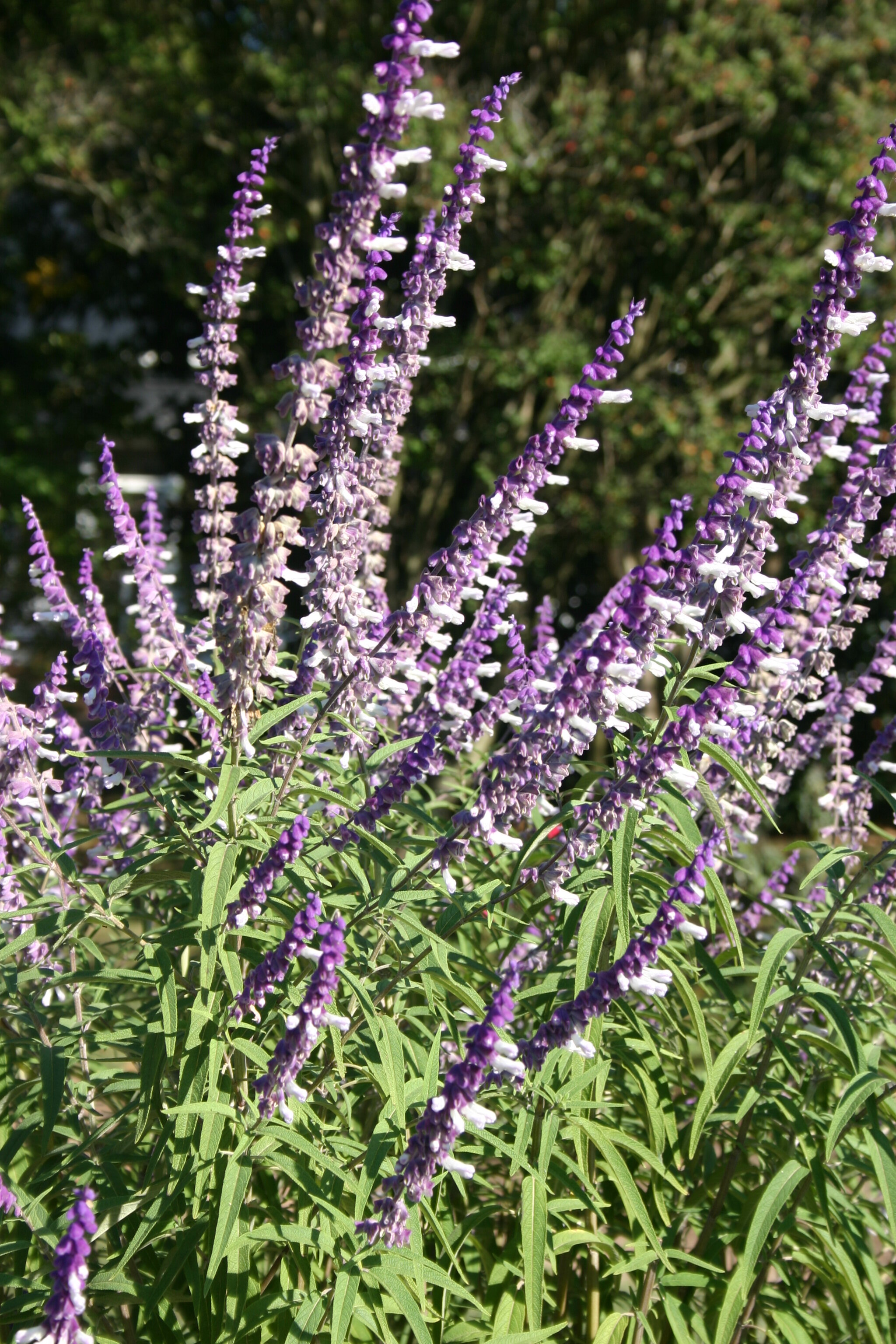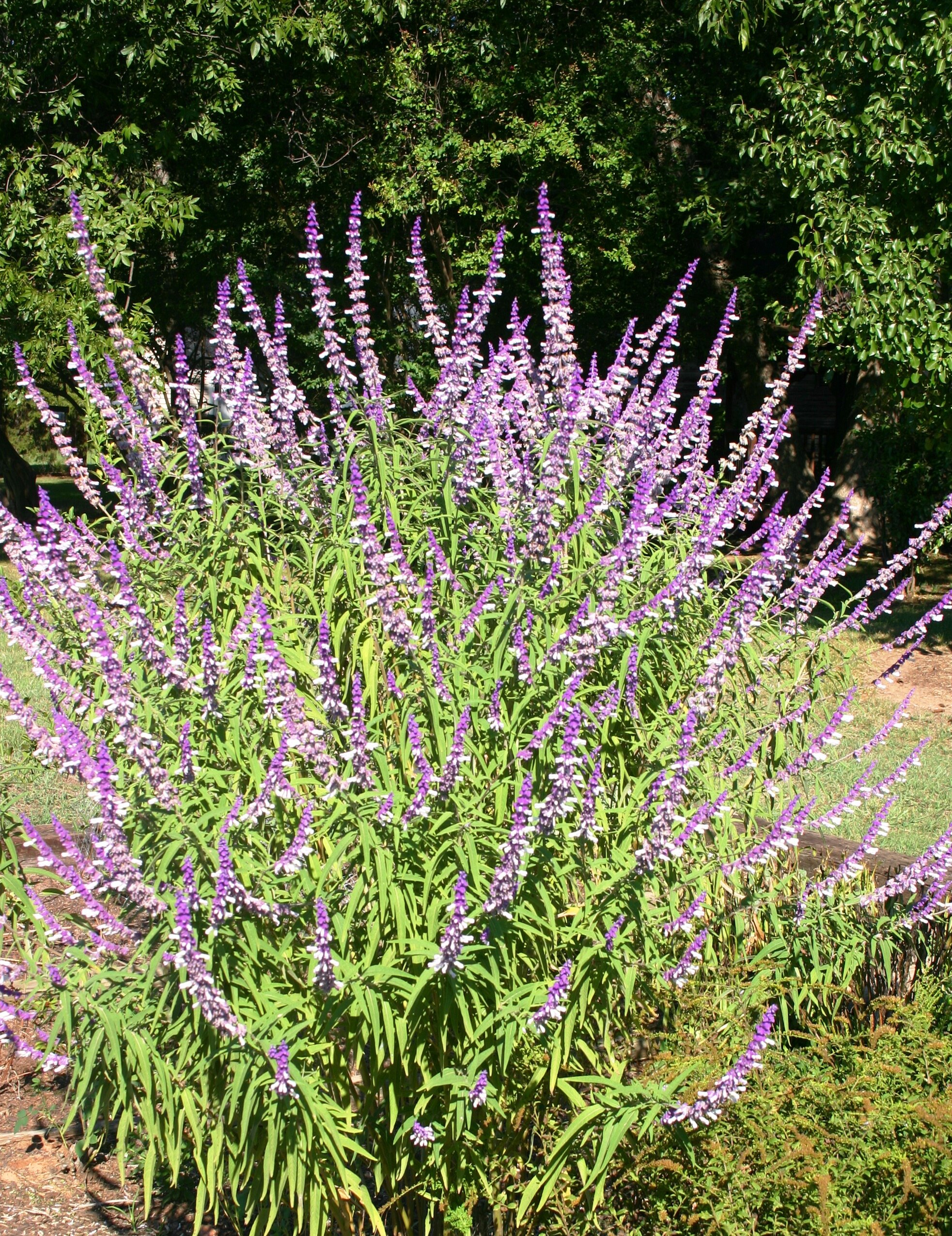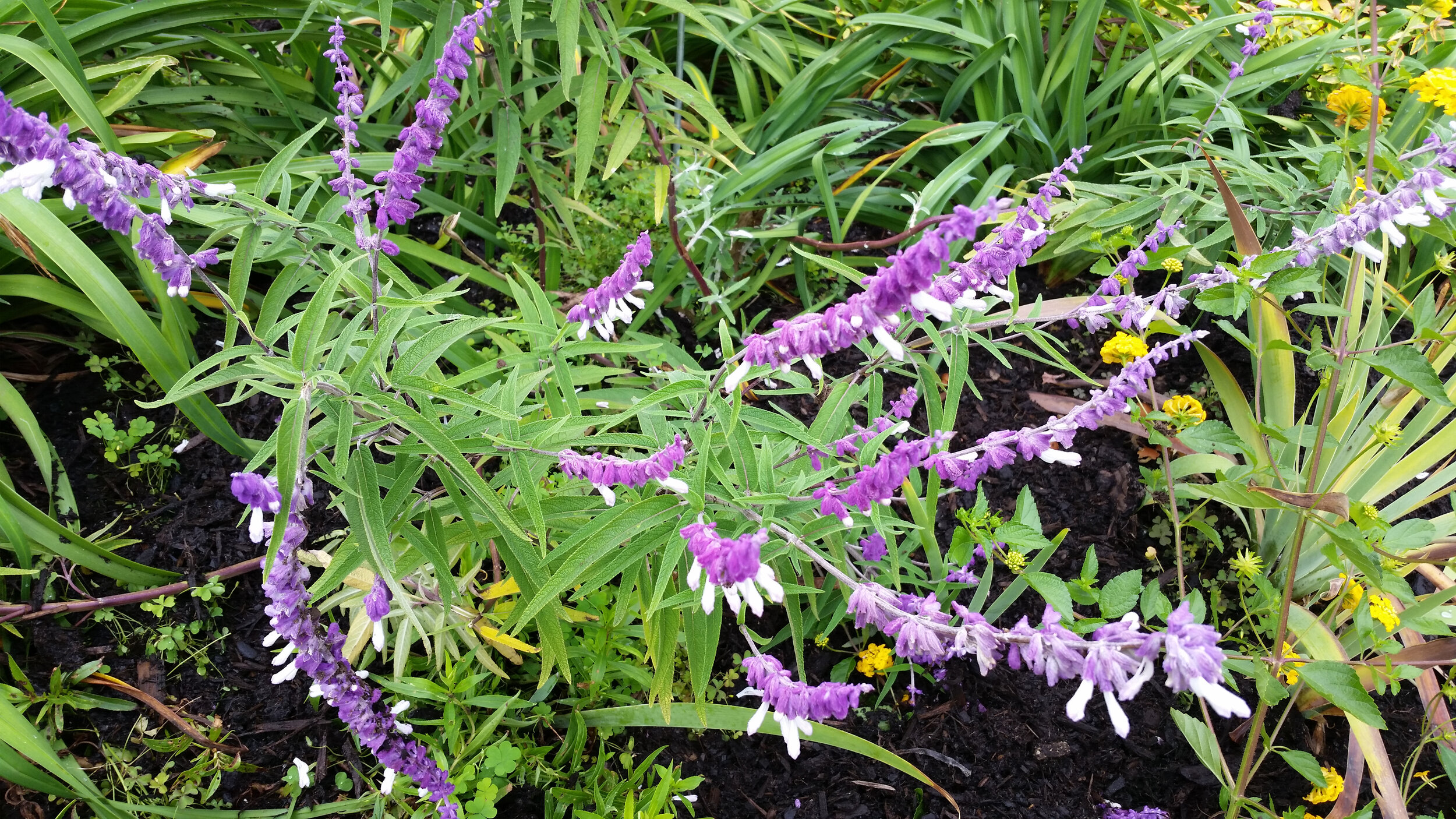Pansies are a popular flower choice for winter color. Pansy (Viola x wittrockiana) is a biennial used as a cool-season annual. In the Southeast, plant them in fall and enjoy their flowers until late spring, when heat causes their demise. Pansies are available with solid blooms, but many have multicolored blotches that look like happy faces. Colors are so consistent that they can be planted in swaths to create a pattern or tapestry effect.
Plant pansies in full sun to part sun, in well-drained soil, zones 6 through 10. They are not picky as to soil pH (acid, neutral, or alkaline) or type (clay, sand, or loam). They prefer a moist soil, so add a little irrigation if winter rains are lacking. Pansies will flower continuously in fall and cool spring, taking a little break in the worst of the winter. In the mild winters of recent years, they have flowered from September through May in the Mary Snoddy garden.
Remove spent flowers regularly to encourage more blooming. I find a pair of cheap dollar-store scissors ideal for this task, allowing me to easily remove the spent flower and its entire stem. It looks a bit creepy to remove the petals and allow the decapitated stems to remain.
Pansies are available in both upright and spreading forms. The upright types do not exceed 12” in height. The trailing forms make a beautiful hanging basket, which has the advantage of allowing the container to be moved to a protected area in the most frigid of temperatures, then returned to a sunny spot once those teens and sub-teen temperatures have abated.
The old-fashioned common name, “Hearts-ease,” refers to the yellow and purple, small-flowered ancestor from which today’s large, showy blooms arose. A closely related plant, Viola tricolor, is commonly called “Johnny Jump-Up” or “Wild Pansy” or simply “Viola.” These are smaller in stature and bloom size, but they make up for their small size by exuberant flowering. They are available in solids or bi-colors, although not as many variations as the large-faced pansy. They also reseed readily, and if left undisturbed will create colonies in deciduous woodlands.
Both pansies and violas are edible. They make pretty decorations for sweet goods, but are not flavor powerhouses. If you choose to “candy” the flowers for food decoration, it is best to use a pasteurized egg-white product (find this in the refrigerated section at your grocery) rather than straight-from-the-shell egg white to eliminate any chance of foodborne salmonella.
The yellow and purple flower of this Pansy makes me think of buttered toast with grape jam.
Violas (“Johnny Jump Ups” have reseeded to cerate a mat of flowers.



